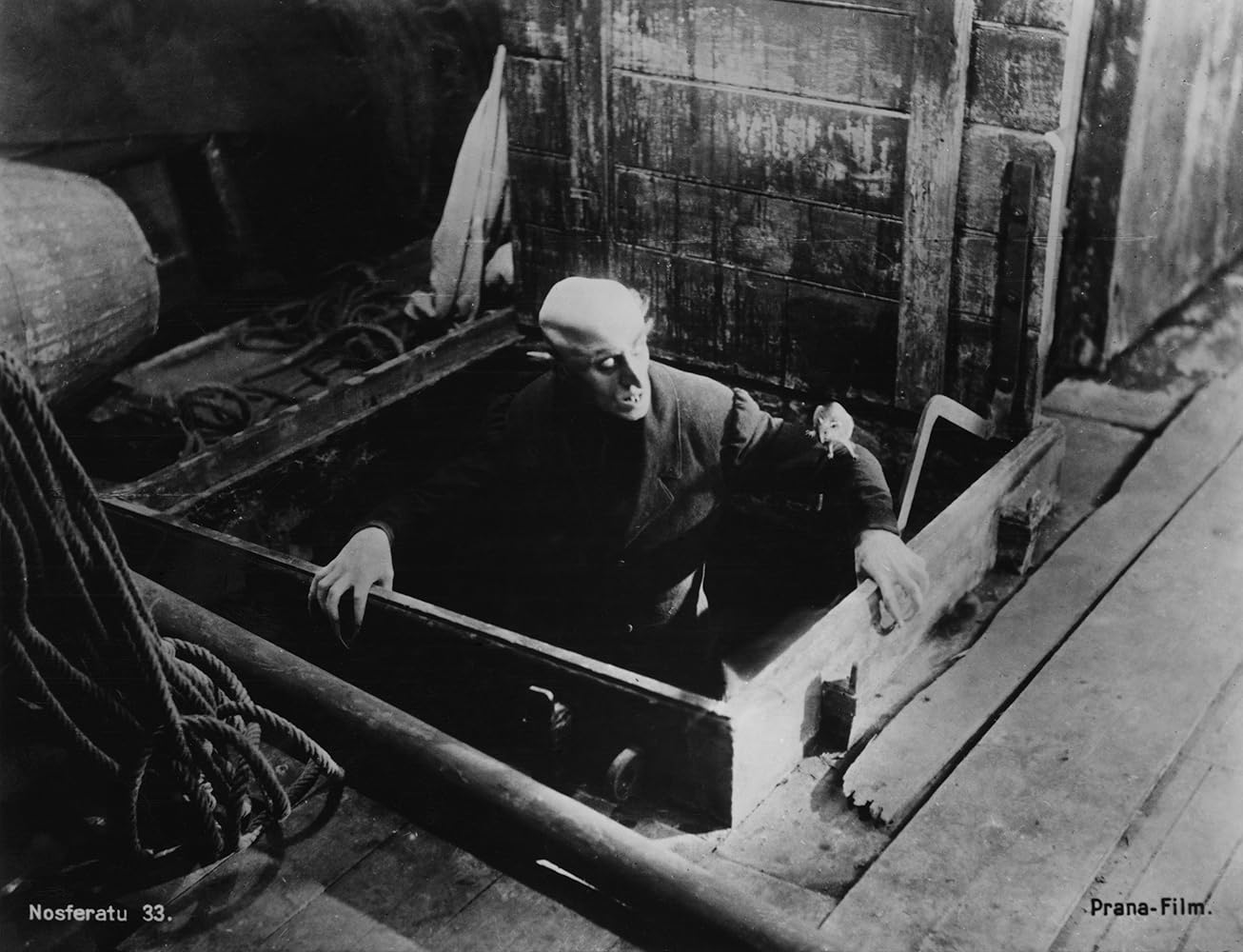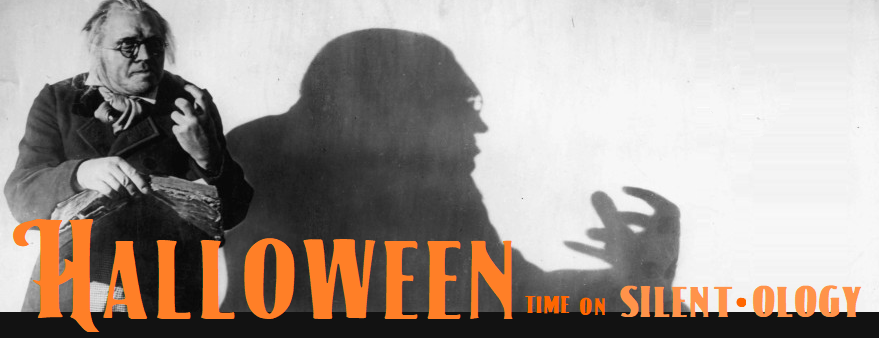It’s always fascinating to get to know the people who made great movies. If they were lucky enough to create or star in the classics, the ones that have been poured over with a fine-tooth comb in dozens of books and documentaries and any film history course worth its salt, getting acquainted with them is easy enough. But you’d be surprised at who doesn’t get covered, even in the current year, even in the most famous and decidedly non-obscure films.
These were my thoughts while investigating Nosferatu‘s lead actress Greta Schröder. Her dark-rimmed eyes, pale face and dark curls are nearly as iconic as Max Schreck’s Count Orlok, and she had the distinction of playing the earliest surviving example of a screen heroine who defeats a vampire–and one who adds a bit of heart and pathos to the proceedings, too. As writer Simon Baker described her in Nosferatu in the 21st Century: “Greta Schröder’s eyes reflect the horror of haunted dreams, and her reluctant release of Hutter is made more poignant by the actress’s yielding posture and outstretched arms.” Having previously covered Gustav von Wangenheim, I naturally wanted to cover his costar too–but the research was like a puzzle missing 2/3 of its pieces.
Continue reading














